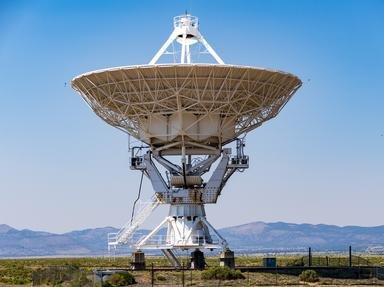Quiz Answer Key and Fun Facts
1. Two gases make up the main components of Jupiter and Saturn, two of the four gas giants in our solar system. What are they?
2. Neptune and Uranus, the other two gas giants in our solar system, are of another classification. Their primary components are methane, ammonia and water. What is this class of planets called?
3. Which of the following is NOT true of the all gas giants in our solar system?
4. Our solar system has four gas giants and hundreds of others have been discovered beyond our solar system. The first extrasolar planet was discovered in 1992. What type of planet was discovered at this time?
5. Gas giants are, as the name suggests, very large planets. The precise size of a gas giant can be determined by which of the following planet-finding techniques?
6. Hot Jupiters are another class of gas giants. Which of the following is NOT true of them?
7. Some extrasolar gas giants have been discovered to be 50-120 astronomical units from their host star and it is thought by some scientists that they migrated to that distance by which type of resonance?
8. One type of Jovian planet has a very unusual orbit as well as a very large mass. The presence of this type of planet may cause Earth-like planets to be moved out of the habitable zone of its host star. What are these planets called?
9. Two astrophysicists from the University of Louisiana at Lafayette have proposed the existence of a gas giant possibly four times the size of Jupiter located in the Oort Cloud. They say that it would explain the unusual orbit of some long-orbit comets in our solar system. What is this potential 9th planet currently called?
10. There is much variation among the gas giants that have been discovered so far and the general term may sometimes be misleading. Who is credited with naming the Gas Giants class of planets such?
Source: Author
SP44000
This quiz was reviewed by FunTrivia editor
crisw before going online.
Any errors found in FunTrivia content are routinely corrected through our feedback system.
